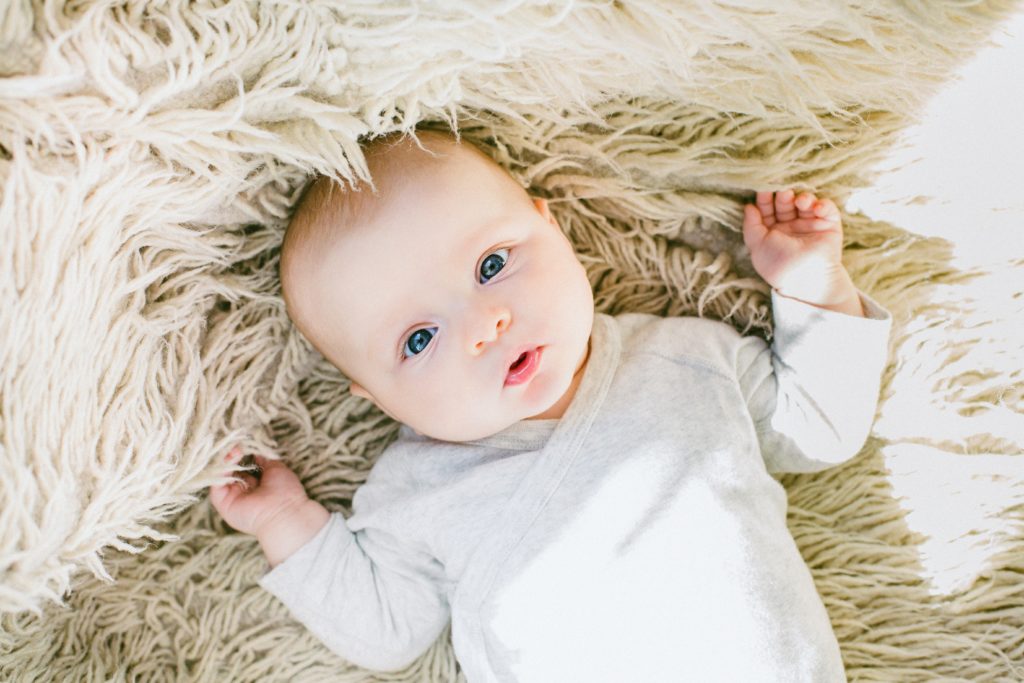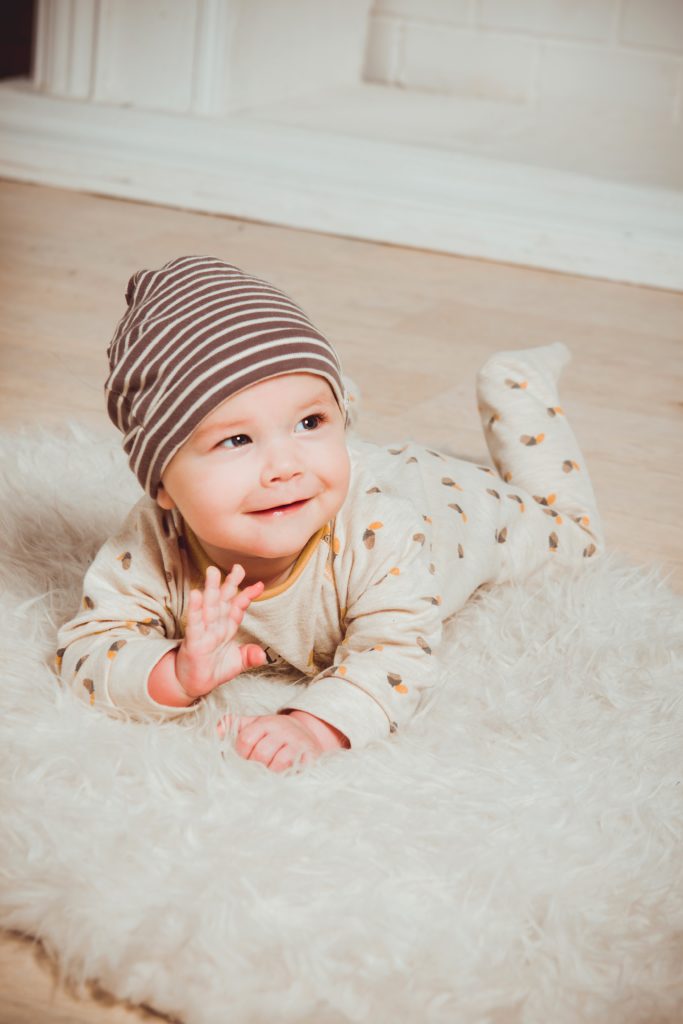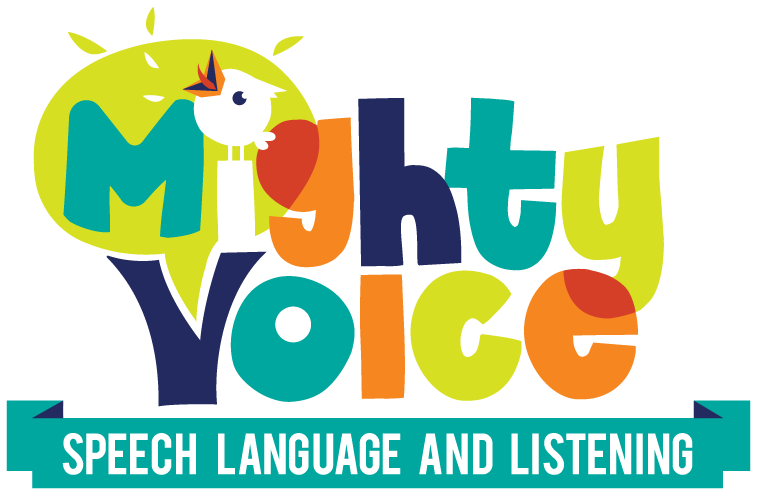If you read this post about how typically developing children learn language, you already know the secret sauce…listening. Today I want to share with you some of the listening milestones your child should be hitting between birth and 1 year old.
These behaviors can both show you that your child is on track, and also be a sort of “early alert” system if you’re not seeing them, so that you can reach out to a professional for more help.

Birth to 3 months
- Reacting to loud sounds. They might do this by being startled or crying.
- Responding to your voice. This could be by calming, looking toward you, or starting to smile when you talk
- Starting to pay attention when you talk. This is the beginning of a “serve and return” you and your child will do together.
- Starts to make sounds themselves and listen to the sounds they’re making
4-6 Months
- Starts to look in your direction when you’re talking, or toward someone else talking
- Starts to notice sounds around themselves, like toys or music
- Continues responding to your voice, and notices when your tone changes, ie from happy to angry
- Starts to make more sounds themselves, and show enjoyment of their own sounds (laughing, making more sounds)
- May start to recognize some common sounds (ie formula being prepared, or their spoon and bowl for mealtime)

7-9 Months
- Continues to turn toward sound and tries to locate the source of the sound
- Starts to babble and put lots of different sounds together–vowels, consonants, and all sorts of variations of consonants and vowels together
- Starts to understand simple directions like “Come Here” or “No”
- Starts to imitate what you say, with the same intonation you are using. It may not sound like your language yet, but they can start to match your pitch and whether your voice goes up or down.
- Responds to their name
- Responds to music
10-12 months
- Understands more simple directions, even without gestures, like “Get your blanket” or “Bring it here”
- Understands your questions, and responds in some way to them
- Understands and anticipates routines you start with them, like “peekaboo” or “so big.”
- Can understand the name of something, and look for it, even if they can’t see it.
What Do I Do If We’re Not Meeting These Milestones?
If you have any concerns about your child’s hearing, or if you don’t think they’re meeting their listening milestones, mention it to your pediatrician or reach out to an audiologist or listening and spoken language specialist. They can get you hooked up with the right people and resources in order to help get your child any help they may need.
